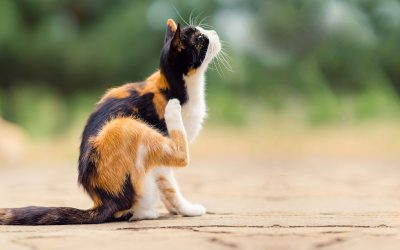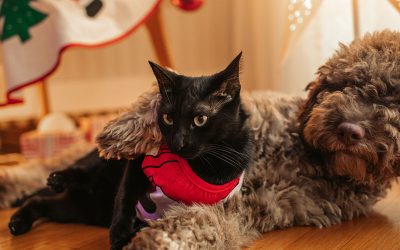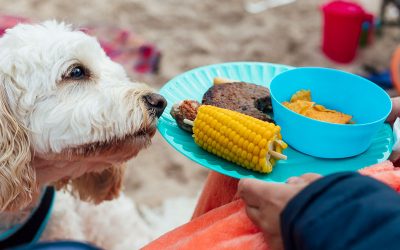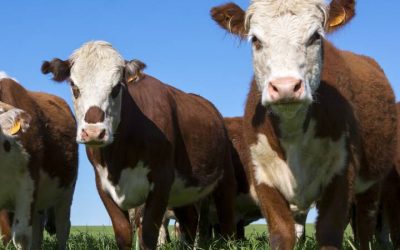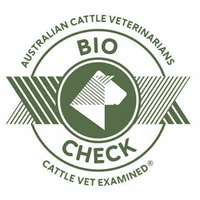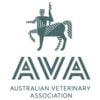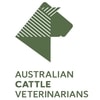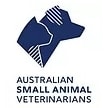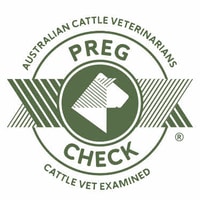
There are a few types of fireweed found in Australia, with majority of species being poisonous.
This plant is a short shrubby plant with yellow daisy like flower.
Cattle become affected if they are short of feed, or not used to having the plant in their environment. Sheep and goats seem to be more tolerant to the toxic effects and can be used to manage fireweed.
The most common is Senecio madagascariensis can cause liver disease when ingested. This is a slowly developing disease. Initially signs can be quite vague like:
- lethargy
- diarrhoea
- general unwell appearance and behaviour
When liver function is affected enough, you will spot signs of jaundice – the usually white mucous membranes will appear yellow (the whites of the eyes, skin inside vulva etc.).
Cattle will become photosensitive and get sunburn on paler parts of their nose/mouth area, they can become dull and stagger with nervous signs.
There is no specific treatment, only supportive care which includes removing the animals from the pastures affected, putting on good quality hay and locking them up with shade and water.
Giving antibiotics can help prevent secondary diseases due to the ineffective liver.
If an animal has been acutely affected, treatment can also include binding agents such as bentonite, and giving vitamin B1 to help prevent neurological brain signs.
Unfortunately, pasture management involves treating the fireweed after the autumn rains with chemical treatments or physically removing the plants.
If you are physically removing the plants, make sure you wear gloves as it can be irritating to human skin.
Once there is any sign of a flower, we recommend introducing sheep or goats to the property to eat the plants, was the flowers indicate the presence of seeds, which can be further spread with physical removal. Please note, sheep and goats used to eat the plants but can’t be used for more than 2 seasons in a row and should be non breeding stock.
More information can be found on the DPI website: https://weeds.dpi.nsw.gov.au
RELATED ARTICLES
Hot-spots
Hot-spots are a common problem amongst dogs, and some breeds like golden retrievers, labradors, and rottweilers may be more susceptible to these than others. What is a hot spot? A hot-spot can otherwise be known as a ‘moist skin rash,’ acute moist dermatitis, or...
Christmas & New Year’s Hazards
The silly season is an exciting time of year, with Christmas and New Year’s Eve celebrations giving us plenty of reasons to let loose and celebrate. With an increase of visitors, noises, tasty treats, shiny new toys, and interesting smells, this time of year can be...
Barbecue & Picnic Hazards
With the sun shining and beautiful warm weather upon us – who can resist a picnic or barbecue with friends!? It is a wonderful opportunity to spend time outdoors and the perfect chance for your pet to come along for some quality time together. If you are taking your...
Pinkeye
Pinkeye, also known as blight and infectious bovine keratoconjunctivitis. Pinkeye is caused by a number of organisms, and creates weeping of the eye initially, followed by a pink raised lesion in the middle of the eye, before a white accumulation in the eye asppears....
RELATED
ARTICLES
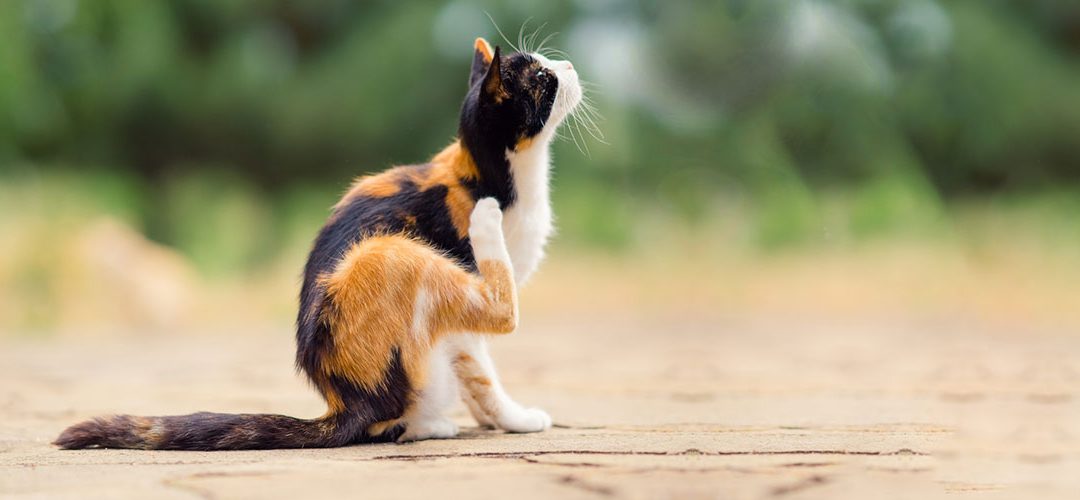
Hot-spots
Hot-spots are a common problem amongst dogs, and some breeds like golden retrievers, labradors, and rottweilers may be more susceptible to these than others. What is a hot spot? A hot-spot can otherwise be known as a ‘moist skin rash,’ acute moist dermatitis, or...
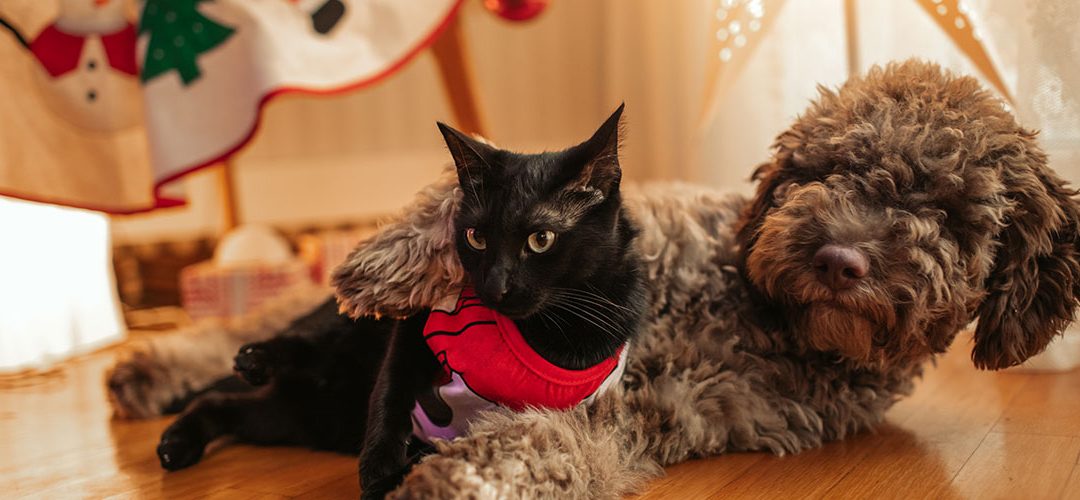
Christmas & New Year’s Hazards
The silly season is an exciting time of year, with Christmas and New Year’s Eve celebrations giving us plenty of reasons to let loose and celebrate. With an increase of visitors, noises, tasty treats, shiny new toys, and interesting smells, this time of year can be...
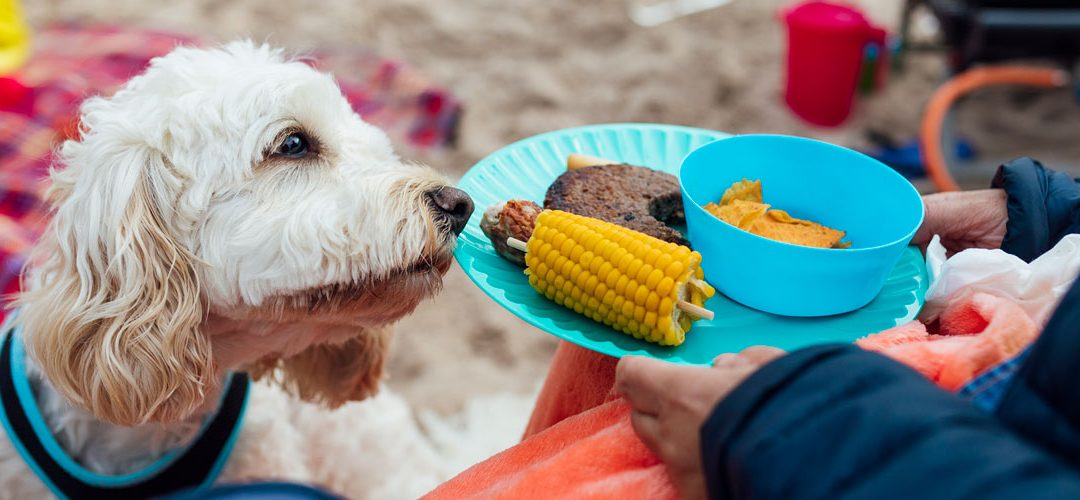
Barbecue & Picnic Hazards
With the sun shining and beautiful warm weather upon us – who can resist a picnic or barbecue with friends!? It is a wonderful opportunity to spend time outdoors and the perfect chance for your pet to come along for some quality time together. If you are taking your...
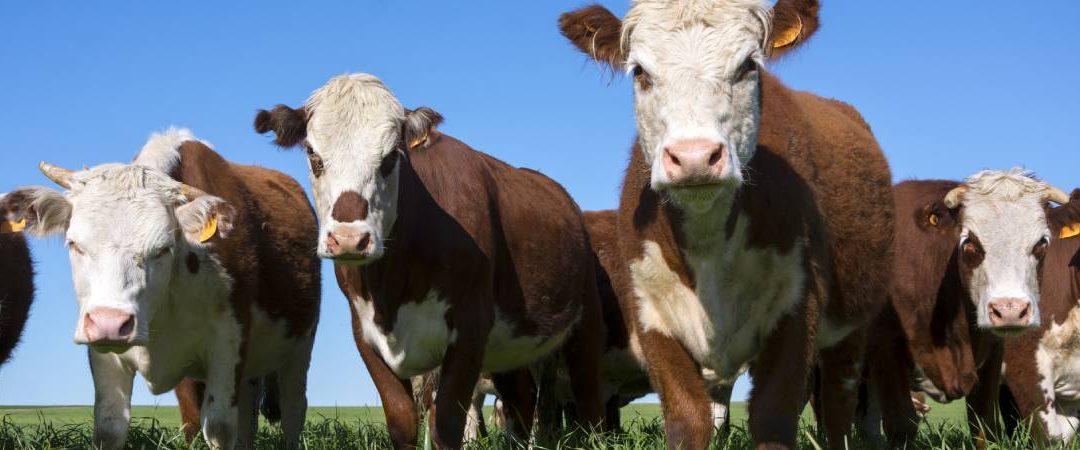
Pinkeye
Pinkeye, also known as blight and infectious bovine keratoconjunctivitis. Pinkeye is caused by a number of organisms, and creates weeping of the eye initially, followed by a pink raised lesion in the middle of the eye, before a white accumulation in the eye asppears....
Call Us Today To Discuss Your Animal Needs
Business Hours Phone: 07 4693 2233




